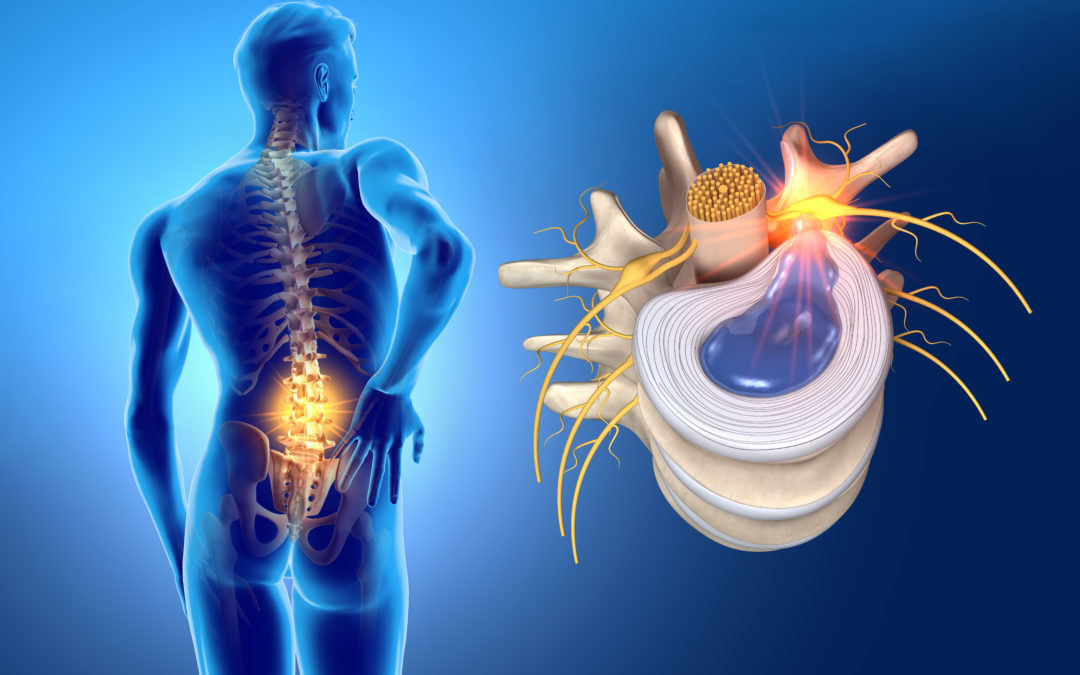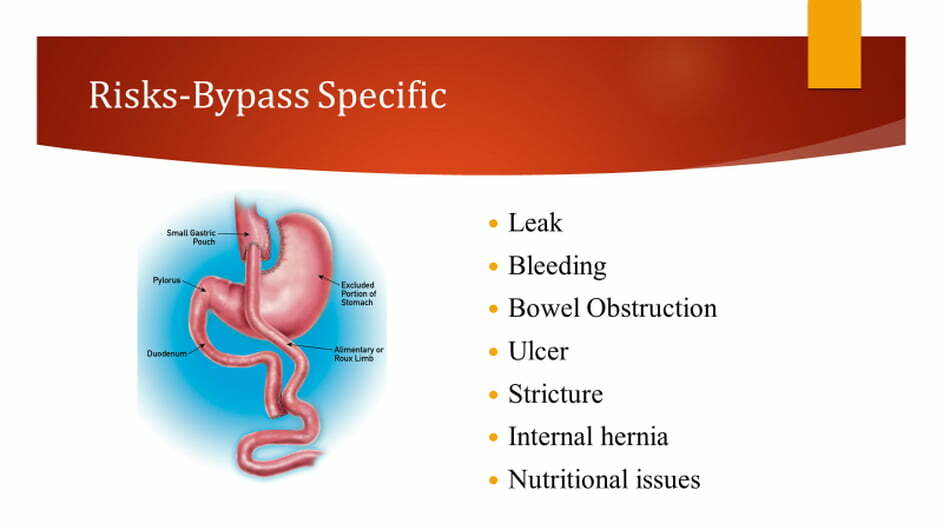Title: Recent Advances in the Treatment of Herniated Discs
Introduction:
Herniated discs, also known as slipped or ruptured discs, are a common orthopedic condition that affects the spinal column. The traditional treatment options for herniated discs include rest, physical therapy, pain management, and, in severe cases, surgical intervention. However, recent advancements in medical technology and research have led to the development of innovative treatments that aim to provide more effective and less invasive solutions.
Summary:
In recent years, several new treatment options for herniated discs have emerged, revolutionizing the approach to managing this debilitating condition. These advancements primarily fall into two categories: minimally invasive procedures and regenerative medicine.
Minimally Invasive Procedures:
One of the most promising developments is the use of minimally invasive procedures such as microdiscectomy and endoscopic discectomy. These techniques involve using a small incision and specialized instruments to remove the damaged part of the disc. Compared to traditional open surgery, minimally invasive procedures offer several advantages, including faster recovery, reduced postoperative pain, and minimal scarring. Moreover, these procedures have comparable success rates in relieving pain and improving functionality.
Regenerative Medicine:
Regenerative medicine approaches have also emerged as a potential non-invasive treatment option for herniated discs. Researchers have explored using stem cells, biological growth factors, and platelet-rich plasma (PRP) injections to promote healing and tissue regeneration. These therapies aim to repair the damaged disc by stimulating the body’s natural healing response. While still in the experimental stage, the initial results of regenerative medicine techniques are promising, with some patients experiencing pain relief and improved disc integrity.
Conclusion:
The field of herniated disc treatment has experienced significant advancements in recent years, offering more efficient and less invasive solutions. Minimally invasive procedures such as microdiscectomy and endoscopic discectomy provide surgical options with fewer complications and enhanced recovery periods. Additionally, regenerative medicine holds great potential for the future, as it aims to stimulate tissue regeneration and promote healing without invasive techniques. As research and technological developments continue, the treatment landscape for herniated discs is expected to evolve further, offering improved outcomes and higher patient satisfaction.
What is the new two step technique to repair herniated discs?
A new two-step technique to repair herniated discs uses hyaluronic acid gel to re-inflate the disc and collagen gel to seal the hole, essentially repairing ruptured discs like you’d repair a flat tire. After a rupture, a jelly-like material leaks out of a herniated disc, causing inflammation and pain.
What is the fastest way to heal a herniated disc?
Self care: In most cases, the pain from a herniated disc will get better within a couple days and completely resolve in 4 to 6 weeks. Restricting your activity, ice/heat therapy, and taking over the counter medications will help your recovery.

Does sciatica from herniated disc go away?
Fortunately, the majority of herniated discs do not require surgery. With time, the symptoms of sciatica/radiculopathy improve in approximately 9 out of 10 people. The time to improve varies, ranging from a few days to a few weeks.
Is sciatica from herniated disc permanent?
Most people recover within three months or less. Ten to twenty percent of people do not recover completely. Treatment such as physiotherapy and chiropractic manipulation can sometimes help with the pain. The pain caused by the disc herniation will gradually improve in most people regardless of the type of treatment.

Is gastric sleeve high risk?
Gastric sleeve is a somewhat risky procedure, as it takes out a large portion of one of the vital organs. It is also permanent, so carefully consider the risks before getting the surgery.Jan 6, 2021

What is the life expectancy after gastric sleeve?
In T2D and non-T2D subgroups, bariatric surgery was associated with increased life expectancy (2.1, 95% confidence interval (95% CI) 0.2–4.0; and 1.6, 0.5–2.7 years, respectively) and reduced overall mortality (adjusted hazard ratio (adjHR) = 0.77, 95% CI: 0.61–0.97; and 0.82, 0.72–0.94, respectively), and the …

Is VSG the same as gastric sleeve?
Gastric sleeve surgery is a type of weight-loss surgery. Weight-loss surgery is also called bariatric surgery. This surgery also known as sleeve gastrectomy or vertical sleeve gastrectomy (VSG). Gastric sleeve surgery restricts your food intake, which leads to weight loss.
What are the downsides of gastric sleeve?
– Excessive bleeding.
– Infection.
– Adverse reactions to anesthesia.
– Blood clots.
– Lung or breathing problems.
– Leaks from the cut edge of the stomach.


